A grand Mearns property that once witnessed the unofficial crowning of Scotland’s “Old Pretender” is up for sale.
James Stuart, figurehead of the doomed 1715 Jacobite rebellion, was named King James III in an investiture by the Earl of Mar at Fetteresso Palace, near Stonehaven.
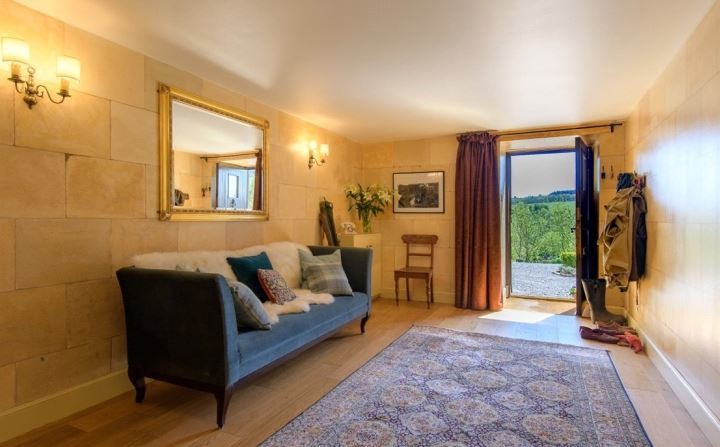
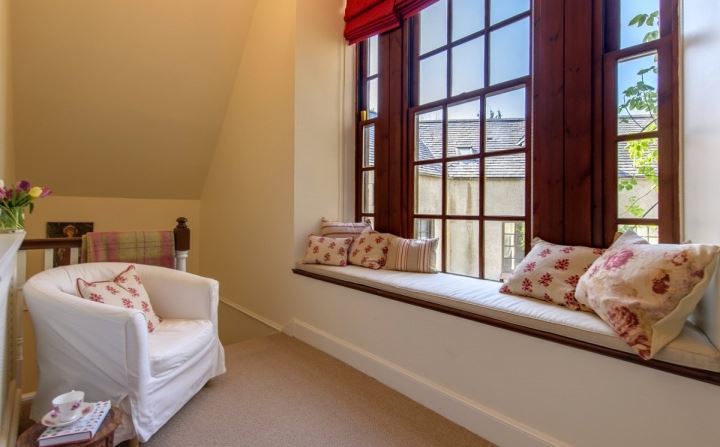
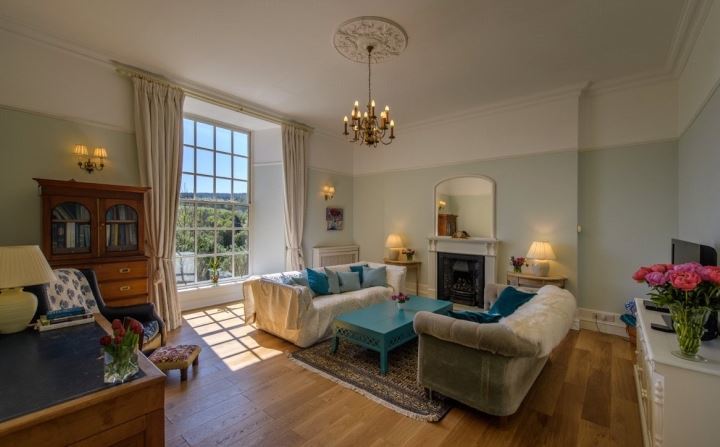
Now known as Fetteresso Castle, the property has undergone a host of renovations since its first tower was built in the 14th Century.
One wing of the “fairytale” castle is up for sale at offers over £475,000.
Fiona Gormley of Savills said: “South Range at Fetteresso Castle has been brilliantly conceived and sympathetically converted, and the present owners have done a superb job in presenting the property with real panache and yet with great respect for the historic origins of the building.”
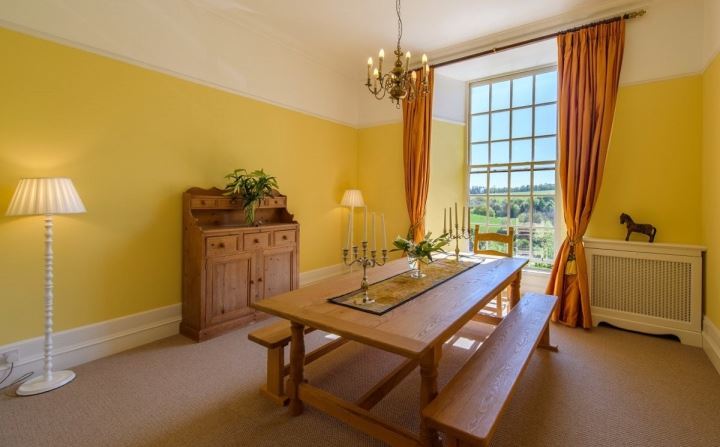
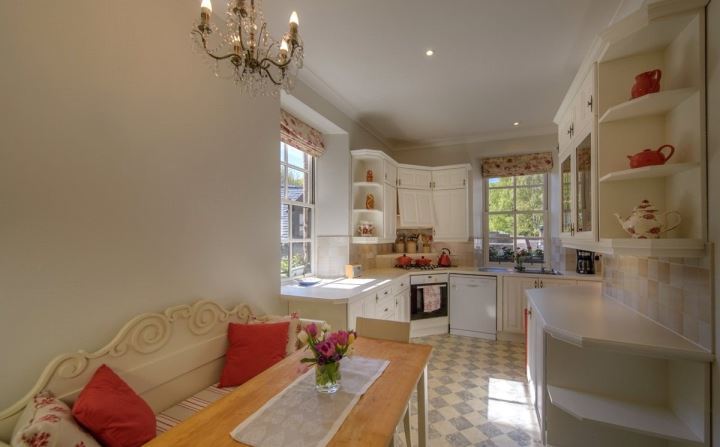
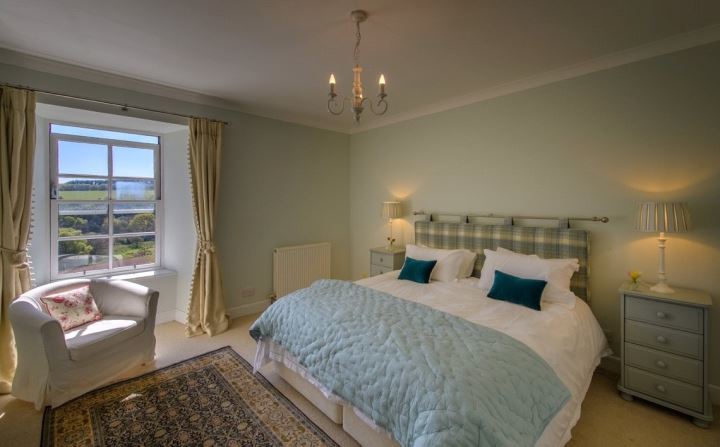
The house passed into the hands of the Duff family after the Earl of Mar, John Erskine, lost the Battle of Sheriffmuir against Hanoverian forces in November 1715 and went into exile.
They set out to rebuild the estate and by 1808 put battlements in place, which give the building a fairytale castle appearance according to the seller.
In 1993 the castle was transformed into seven individual houses set in seven acres of gardens and grounds.
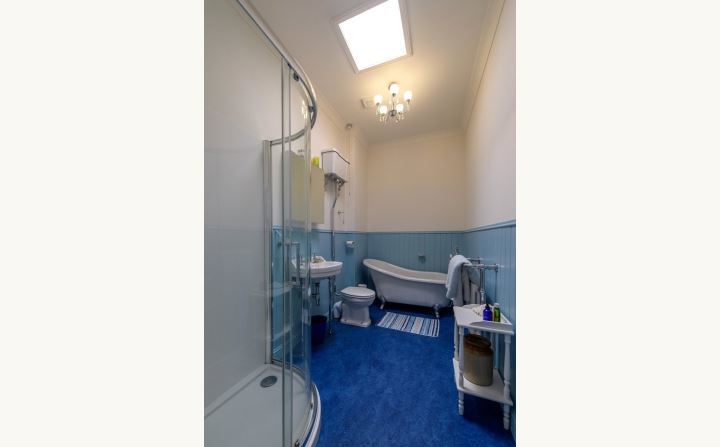
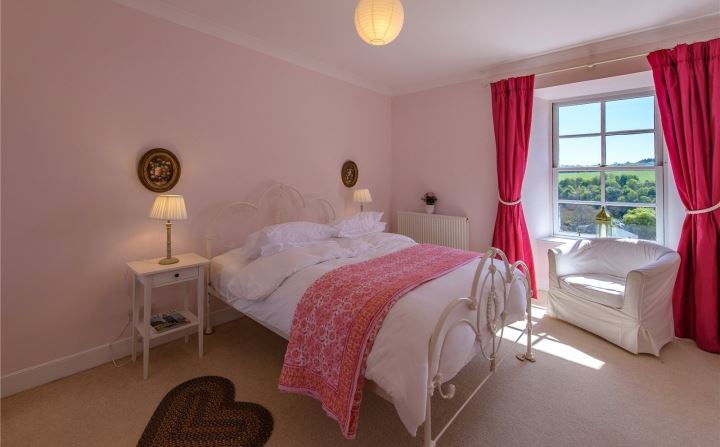
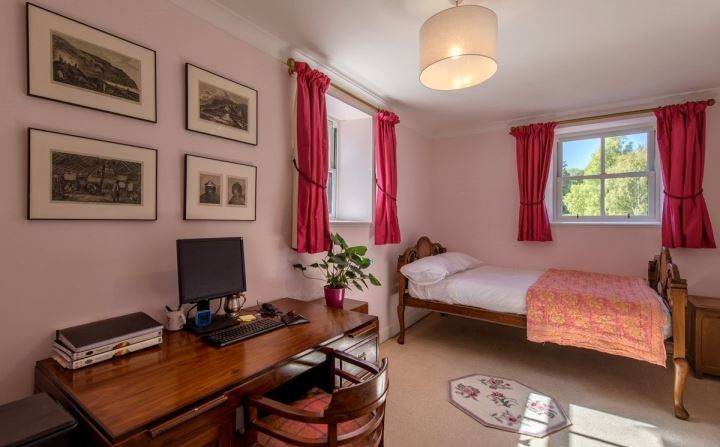
South Range is arranged over three floors which are dominated by the former ballroom, with south facing views on to the Carron Water and a woodland valley.
In the 1940s, the castle was owned by Maurice and Geraldine Simpson, heir to the Pringle Knitware fortune.
The castle was restored and partitioned into seven houses in the latter part of the 20th century,
An Angus home, at which the Old Pretender spent his last night in Scotland before exile to France, recently went up for sale for offers over £1.65 million.
The Craig, a six-bedroom castle outside Montrose, is one of the oldest properties in Scotland and has been occupied since the 13th Century.
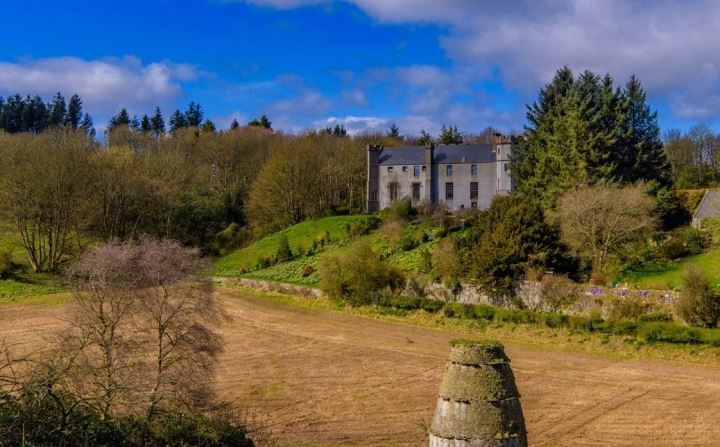
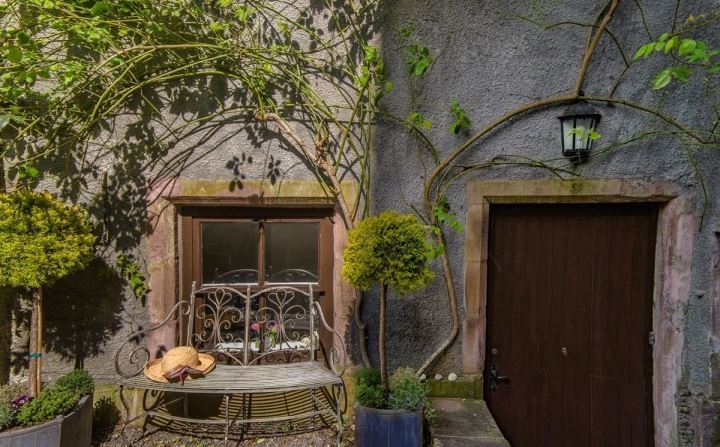
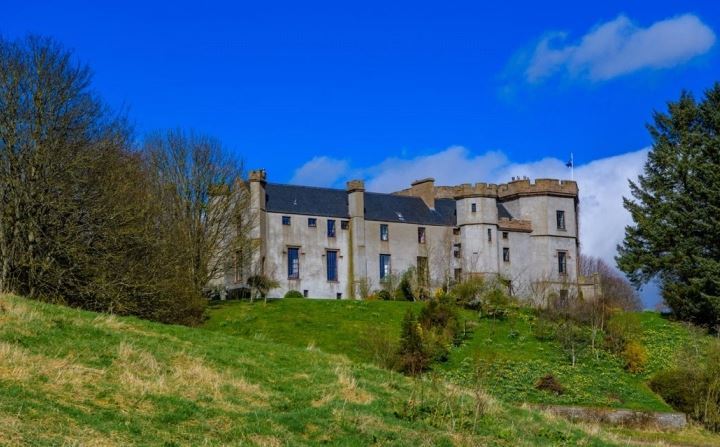
Young and old pretenders
Thirty years apart, Jacobite rebels assembled under the banner of two Stuart “pretenders” who came to Scotland from family exile in France.
James Edward Stuart, known as the Old Pretender, was born to James II of England and his second wife Mary of Modena in 1688.
The last Roman Catholic king of Scotland, England and Ireland fled to the Continent soon after, as he was disliked by the largely Protestant population, and was succeeded by William III.
After an attempt at insurrection in Ireland failed at the Battle of the Boyne in 1690, it would be another 25 years before a Stuart set foot on Scottish soil.
The Old Pretender landed at Peterhead in 1715 to meet James Erskine’s army but the uprising against George I failed within three months.
His son Charles Edward Stuart, Bonnie Prince Charlie, landed on the west coast in July 1745 with only nine men but managed to cause an upset against the government army at Prestonpans.
However, few of his expected supporters joined the cause, which ended in a disaster for the Highlanders at Culloden, the last full martial engagement in Britain.
